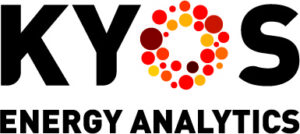Solar Finance & Investment Europe Summit 2025 Agenda
Interested in speaking in 2026? Contact Jadon Guthrie, Head of Content - Finance Series to learn more.
Interested in speaking in 2026? Contact Jadon Guthrie, Head of Content - Finance Series to learn more.

This session will feature insights from one of the leading investors behind a landmark project powered by over 1.1 million Tiger Neo modules—one of the largest photovoltaic installations in Germany and Europe, supplied by JinkoSolar.
From the changing cost of capital environment, return expectations, market consolidation and increasing divergence in perspectives on the value of projects, portfolios and platforms, one thing is clear – there is friction in the deal-making landscape for solar.
We are joined by a diverse collection of deal-makers sharing their perspectives of navigating the European solar and storage deal-making scene through our new format Spectrum.
Panelist throughout the session will be responding to prompts relating to their experience navigating the deal-making scene in 2024. Their agreement (and disagreement) in their experiences will for the basis of discussion. Audience participation through our Slido platform is included.
In December 2024, the UK Government updated its strategic objectives for national renewal, placing economic growth at the forefront. With a strong emphasis on the clean energy transition as a catalyst for economic development, how has the attractiveness of the UK’s solar and storage market shifted?


This session takes a closer look at the perspectives of pension funds with billions allocated in European renewables. How has their appetite for investment in European renewables evolved?
There will be 10 interactive roundtables taking place simultaneously – with each roundtable focused on a specific country or region covered on the programme.
Each roundtable will be moderated by a developer and or investor with high exposure to the respective market providing first-hand insights. Each roundtable will explore the roadblocks and opportunities for investment and deployment of PV and co-located battery storage.
Each roundtable will focus on one of the following countries or regions:
This is the best opportunity at the summit for delegates to identify and network with project sponsors and capital providers either already active or seeking entry into specific European solar markets.
Credit markets are becoming more important due to lower valuations and a growing need for liquidity, with more credit opportunities for funds.
Structured credit financing is increasingly common, with complex financing arrangements involving combination of senior, junior, and mezzanine debt. How are leading funds and platforms approaching structured finance?

![]()
Solar and BESS is an established pairing in the world of renewables co-location that will continue to dominate the profile of European project pipelines… but how far can we go in maximising the value of a single grid connection?
Is a single project featuring wind, solar, BESS and an electrolyser a pipe dream or an emerging reality?
Hear directly from capital providers, developers, asset managers and technical leads on strategies to navigate challenges on:
The global carbon credit market’s current value is estimated at around $2 billion. This is expected to skyrocket to as much as $100 billion by 2030.
Our panel consisting of a carbon market expert and renewable energy investor takes you on an exploration on growing opportunities presented by an emerging revenue & financing stream from carbon markets.
Sponsored by:

As the day’s discussions draw to a close, unwind and indulge in an evening of relaxed networking at the 2025 Solar Finance and Investment Europe Drinks Reception kindly sponsored by JinkoSolar.
Whether you’re looking to deepen existing relationships or spark new collaborations, the Solar Media Team invite you to mingle with peers, experts, and thought leaders in an informal and convivial environment in the heart of London.
This panel discussion will explore the complexities and strategic decisions involved in transitioning to an IPP, providing valuable insights for those navigating this evolving business model.
Join us for an in-depth case study on the Glasgow Airport Hydrogen Innovation Hub project which involves producing green hydrogen onsite, optimizing storage and refueling processes, and ensuring safe integration within the airport’s existing infrastructure. The discussion will also cover how the project is structured, role of AI in optimizing electrolyzer and storage solutions, and the ongoing work to expand this model to other regional airports.
This session is essential for anyone interested in the future of complex net-zero transitions involving hydrogen technologies, behind-the-meter project structuring, private wire solar and microgrids.
As the renewable energy sector rapidly evolves, a significant challenge has emerged: the shortage of skills and people.
This panel discussion will delve into the pressing issue of human resource constraints in the solar industry, how renewable energy companies are responding and considerations for a “Just Transition”.
In addition to hearing from industry stakeholders, we will also hear from HR specialists and head-hunters who will shed light on the current trends in recruitment within the renewable energy sector, including:
![]()
This session will begin with quick-fire presentations from each capital provider on the equity investment, acquisition and partnership opportunities they’re currently seeking. Capital providers have been selected to cover a range of activities, European markets and investment mandates.
Transaction sizes represented range from £1 million – £3 billion.
Capital providers will then host their own roundtable where delegates can attend to discuss business 1-2-1.
Whether you’re capital raising, seeking project finance, looking to sell projects and portfolios, this will be the best opportunity at the summit for delegates to identify and network with active dealmakers in the European solar and storage space.


The next wave of industrial and commercial electricity consumption is expected to come from data centres, artificial intelligence, quantum computing, internet of things, heavy industry and the electrification of transport.

